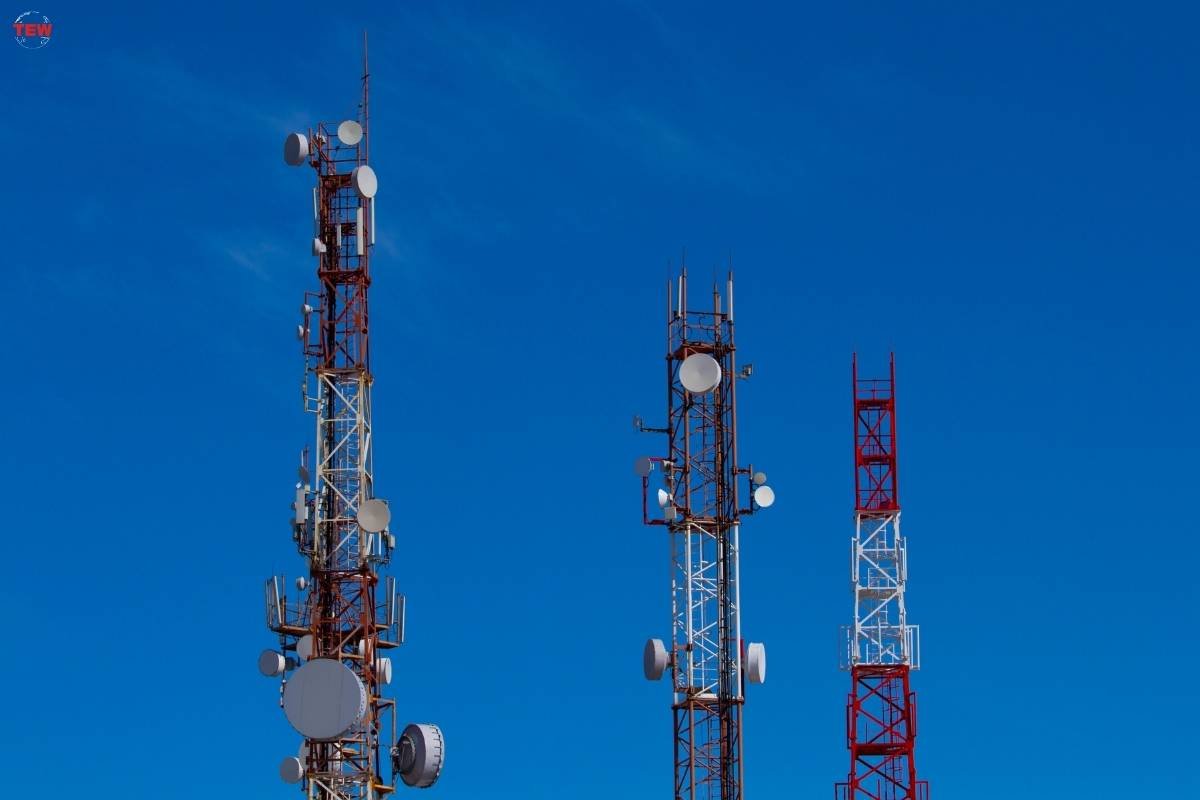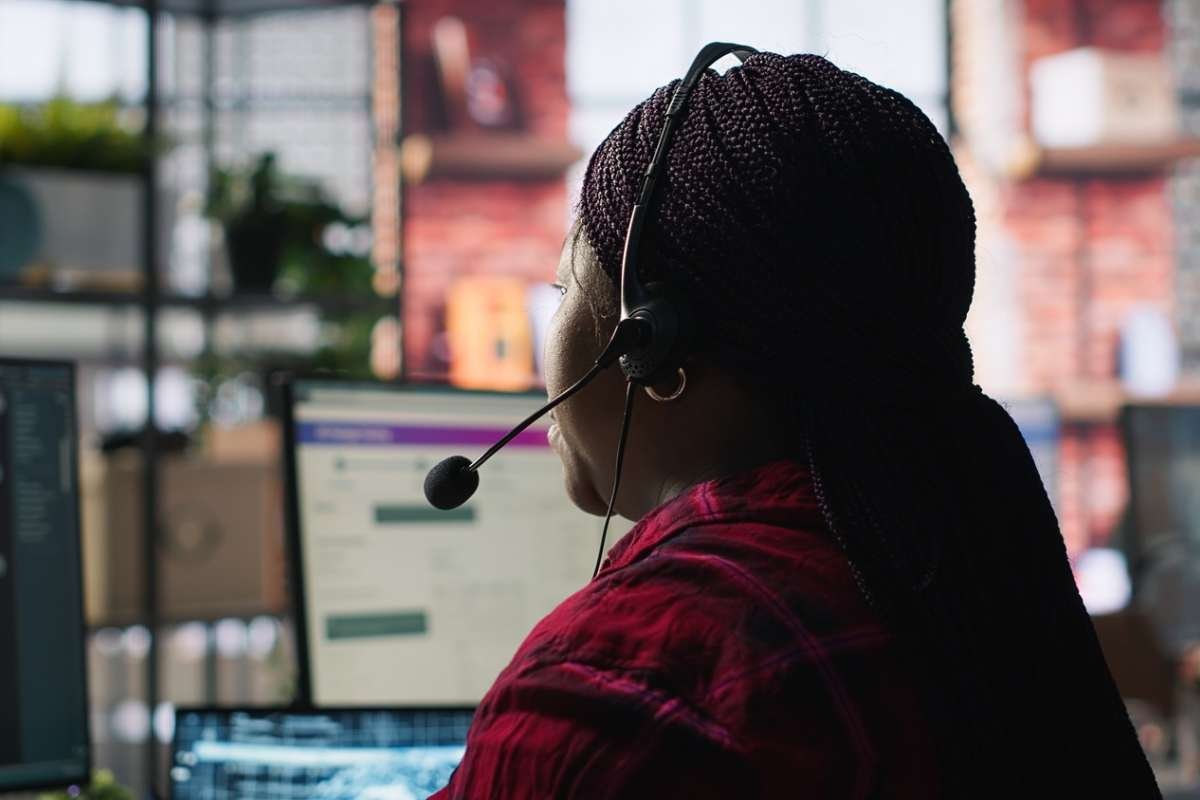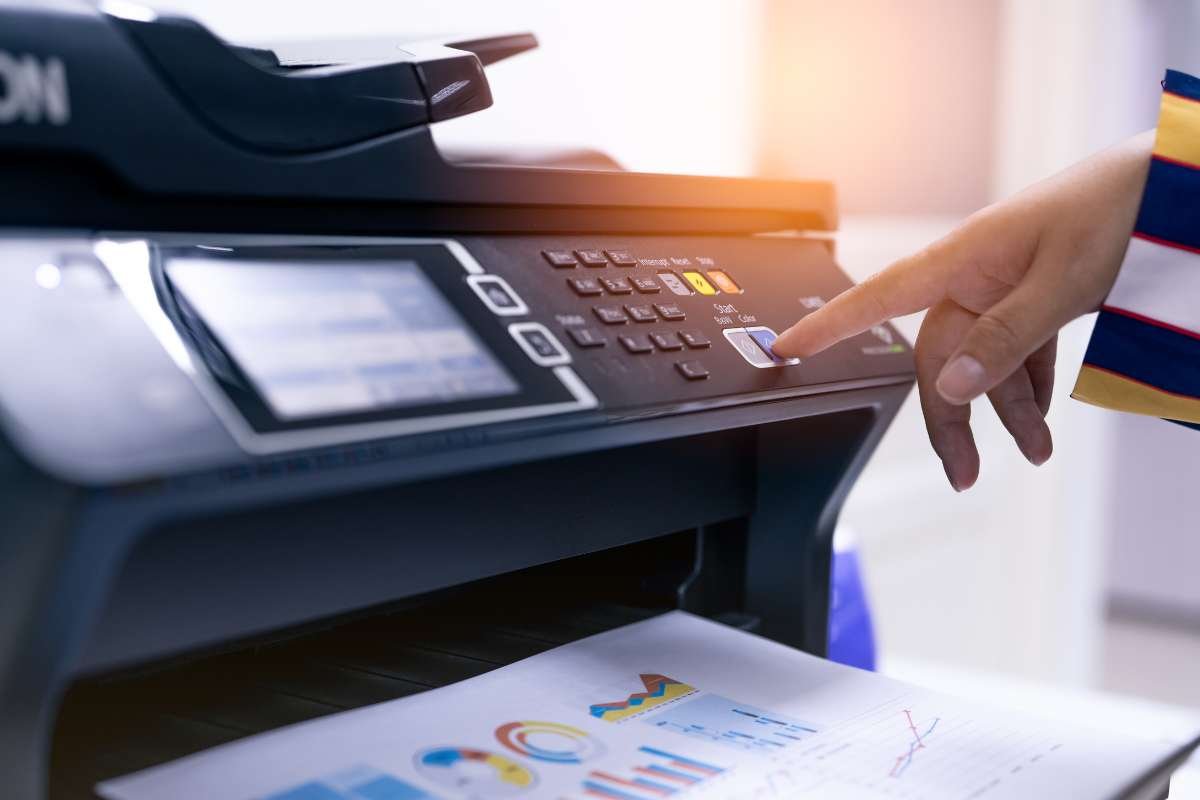Apple introduced the first smartphone in 2007. Since the first iPhone, the adoption of smartphones has gone through the roof in the ensuing years. So much so that Statista estimates that in 2023, 6.92 billion people, or roughly 85% of the world’s population, own a smartphone. To put it in context, in 2016, only 49% of the global populace owned a smartphone. Since these devices are always in our hands, it follows that the easiest way to track someone’s location is by locating their cell phone. In this article, we’ll explore the nuts and bolts of mobile device tracking, legal and ethical considerations, as well as our top pick for the best cell phone number location tracker.
Demystifying Basic Tracking Technologies
If you’re not particularly tech savvy, the process of tracking a cell phone’s exact location may seem quite complicated. However, beneath the terminology and mystique, tracking a phone is pretty straightforward. Three basic technologies facilitate this tracking, namely GPS, cell tower triangulation, and Wi-Fi tracking. Let’s explore each of these technologies below.
Global Positioning System (GPS)

GPS technology, which is utilized by most location number trackers, operates through a network of about 30 satellites orbiting Earth that send signals to GPS receivers on the ground. These devices can take various forms, from handheld units like your phone to vehicle-mounted devices. By triangulating signals from multiple satellites, these receivers can utilize GPS technology to relay location data in real-time or at defined intervals.
For a receiver to initiate tracking, its GPS must be turned on and ready to receive signals. To achieve accurate positioning, the device needs to receive signals from at least 4 satellites. It uses the signals from each of these satellites to calculate its position based on the time it takes the signals to reach the receiver and the angle at which they arrive.
The higher the number of satellites that are accessible to the receiver, the higher its accuracy will be. This number depends on factors such as the receiver’s location, the time of day, and the state of the weather. Mountainous terrains and urban environments could also reduce the number of satellites visible to your receiver, negatively affecting its accuracy.
Cell Tower Triangulation

Cell tower triangulation is another common method used to phone number location. While GPS relies on satellites, this technique utilizes cellular networks. Typically, your phone communicates with nearby cell towers to tap into the cellular network you utilize for calls and browsing. Similar to GPS, by measuring the time it takes for the signal to travel from your phone to a particular tower, one can obtain its relative position. If your device connects to three or more towers, they can determine your phone’s exact location with considerable accuracy.
Wi-Fi-Based Location Tracking
Recall that we established that being around or in buildings can reduce the accuracy of GPS. When tracking devices in indoor spaces, Wi-Fi-based location tracking often yields the best results. This method determines your whereabouts based on the Wi-fi networks your phone connects to. In urban areas with many Wi-Fi hotspots, one can derive your approximate location by gauging the signal strengths of the networks around you.
The Legal and Ethical Dilemma of Cell Phone Location Tracking
In most regions, tracking someone’s phone without their explicit consent is illegal. What’s more, considering that privacy is a fundamental right, tracking someone’s number crosses some ethical lines. For the latter, always consider if the necessity of tracking outweighs infringing on the person’s right to privacy.
Legally, law enforcement agencies may be allowed to track a fugitive’s phone in certain circumstances. Parents are also allowed to monitor their children for safety reasons. Business owners, too, may legally track their employees on company-issued phones. The specifics may differ depending on your jurisdiction, so it’s always best to seek professional legal advice if you’re in doubt.
Which Is the Best Phone Number Location Tracker?

There is no shortage of monitoring apps that offer location tracking, among other features. However, not all of them will deliver on what they purport to do. Fortunately, we’ve done the legwork and brought you the best location tracker by phone number that money can buy. Enter, LocationTracker.
LocationTracker.mobi
LocationTracker is a highly sophisticated yet intuitive cell phone number location tracker. It utilizes GPS, IP logging, and Wi-Fi tracking to pinpoint the exact location of any device, whether Android or iOS. Further, it’s capable of detecting your target’s cell phone carrier and device information. What’s more, it can even detect whenever your target uses a VPN to obfuscate their IP address, ensuring they never escape your watchful eye. Interestingly, you do not need to undergo any lengthy installation processes to use the app.
How It Works?
- Visit the LocationTracker.mobi website on your browser and register for an account.
- Log in with the credentials you just set up and purchase your preferred subscription plan.
- Upload an interesting image to send to your target. LocationTracker will generate a unique tracking link for your image.
- Copy the tracking link and send it to your target. This could be through SMS or your favorite messaging app.
- Once the recipient opens the link, it will activate the tracking of their device, and you’ll see their location on Google Maps in your user space.
Pros
- Needs no lengthy installation or setup
- Requires no rooting or jailbreaking
- Its tracking is not limited by distance
- Promises 100% privacy for your data
- Round-the-clock customer support
- Offers a 14-day money-back guarantee
Cons
- No generally accessible free trial (can be requested from customer support)
- Lacks a geofencing feature
Conclusion
Though seemingly complicated, tracking a cell phone is a pretty straightforward process. The major technologies used in this endeavor include GPS, cell tower triangulation, and Wi-Fi-based location tracking. When choosing the ideal phone number location tracker, select one like LocationTracker.mobi that utilizes a combination of these technologies for maximum accuracy. Before commencing any tracking, however, it is important to consider the legal and ethical implications of doing so.





